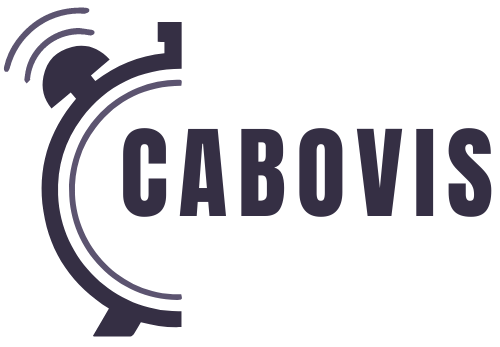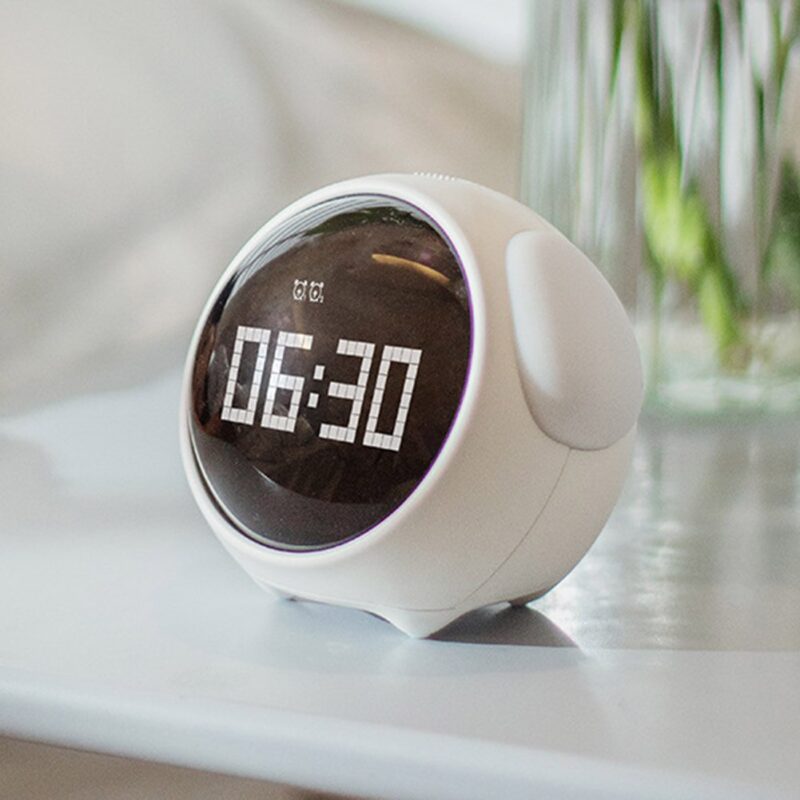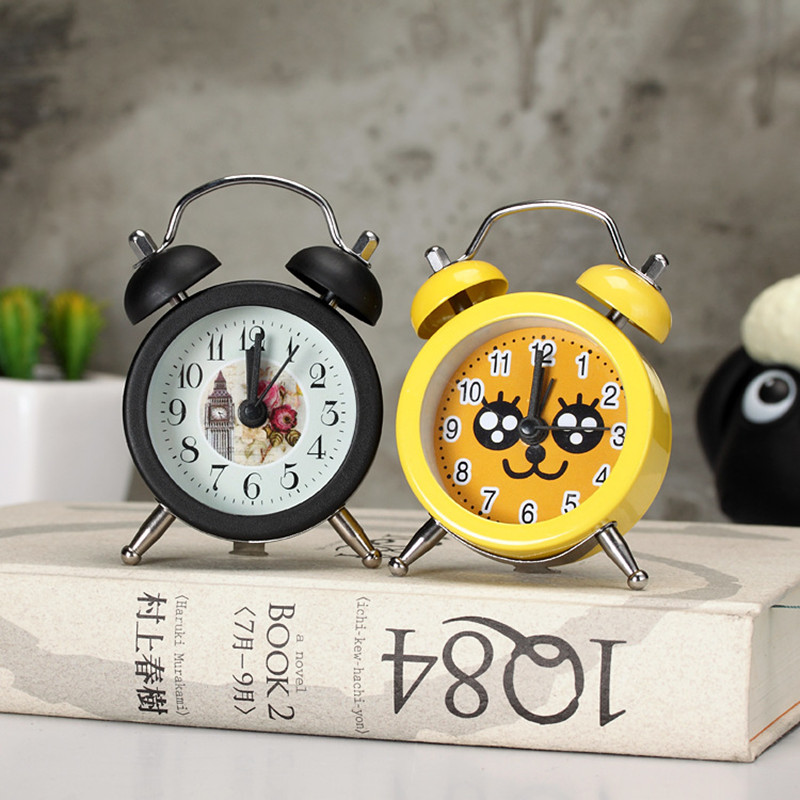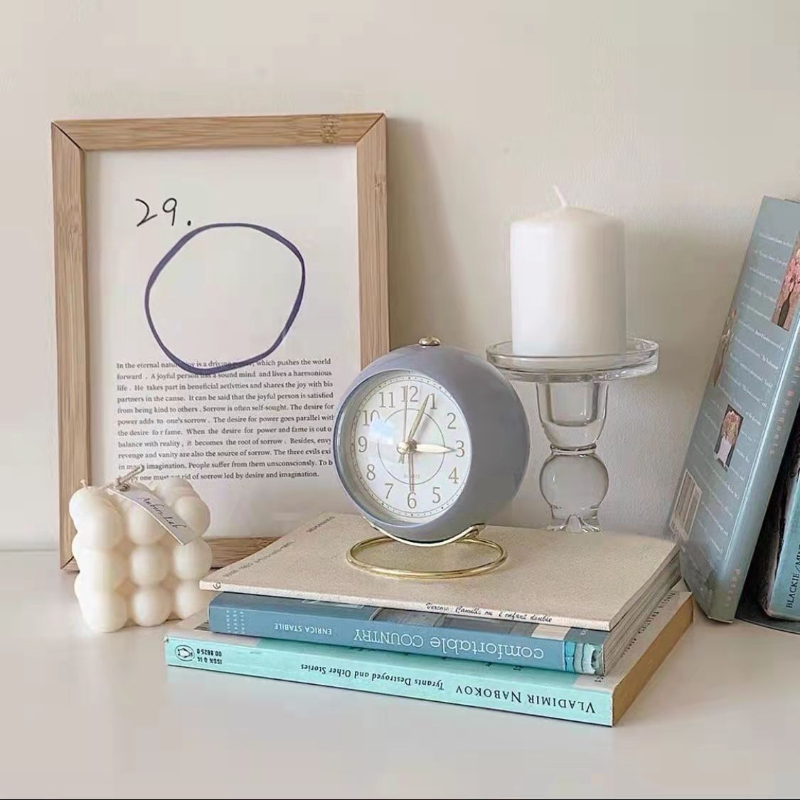Clocks
Masterpieces of Timekeeping and Design
Clocks: Masterpieces of Timekeeping and Design
Clocks are not only essential tools for measuring time but also significant elements of design that tell stories of eras, craftsmanship, and technological advancements. This article will explore the intricate world of clocks, examining how they have evolved from simple timekeeping instruments to sophisticated devices that blend functionality with aesthetic appeal. Join us on a journey through time as we explore the historical milestones, the technological innovations, and the artistry that define the modern clock.
The Evolution of Clocks: A Historical Perspective
1. The Roots of Timekeeping: Timekeeping began with ancient civilizations using natural phenomena to mark time changes. From sundials to water clocks, early timekeeping methods were closely tied to the natural environment and were pivotal in shaping agricultural and social structures.
2. The Mechanical Revolution: The introduction of mechanical clocks in medieval Europe marked a significant turning point. These clocks were not just technological marvels but also symbols of prestige and influence, often featured in town centers and cathedrals.
3. The Era of Precision: The invention of the pendulum in the 17th century by Christiaan Huygens and later refinements, such as the balance spring, brought about unprecedented accuracy in timekeeping, facilitating the age of exploration and scientific research.
Diverse Types of Clocks and Their Uses
4. Cuckoo Clocks: Originating from the Black Forest in Germany, cuckoo clocks are beloved for their charming birdhouse designs and the delightful cuckoo sound that marks each hour, blending whimsical art with functionality.
5. Maritime Clocks: Developed to aid naval navigation, maritime clocks, or chronometers, allowed for precise timekeeping at sea, critical for determining longitude and safe navigation.
6. Atomic Clocks: As the pinnacle of precision, atomic clocks use vibrations of atoms to measure time and are crucial in global navigation satellite systems, telecommunications, and scientific research.
Clocks as Art and Collectibles
7. Artistic Expressions: Clocks often transcend their functional use to become expressions of art. Artisan clockmakers integrate various materials, such as wood, metal, and glass, creating stunning pieces that reflect artistic movements and personal artistic visions.
8. Collectible Timepieces: For collectors, clocks can be prized possessions that not only tell time but also tell stories. Vintage and antique clocks are sought after for their historical value, craftsmanship, and the legacy they represent.
Technological Innovations in Clockmaking
9. Digital and Smart Clocks: The digital era has transformed clocks once again. Digital clocks provide high precision and convenience with features like automatic time adjustment and multifunctionality, while smart clocks integrate with home automation systems, offering voice control and connectivity features.
10. Sustainability in Clock Manufacturing: Modern clockmakers are increasingly focusing on sustainability, utilizing eco-friendly materials and methods to reduce environmental impact, aligning with contemporary values of conservation and responsible manufacturing.
Styling Your Home with Clocks
11. Interior Design with Clocks: Clocks play a vital role in home decor. Whether it’s a grand grandfather clock that acts as a room’s centerpiece or a minimalist wall clock that complements a modern aesthetic, choosing the right clock can enhance any interior design scheme.
12. Selecting the Perfect Clock: When choosing a clock for your home, consider its style, size, and the ambiance you want to create. The clock should harmonize with your decor and reflect your personal style, making it not just a timekeeper but a piece of your home’s identity.
Conclusion
Clocks are remarkable devices that blend science, art, and innovation. From ancient times to the digital age, they have continuously evolved, serving as faithful keepers of time and as objects of beauty and fascination. Whether you admire them for their practicality, their history, or their aesthetic value, clocks remain an enduring and essential part of human life, measuring our moments and decorating our spaces.



